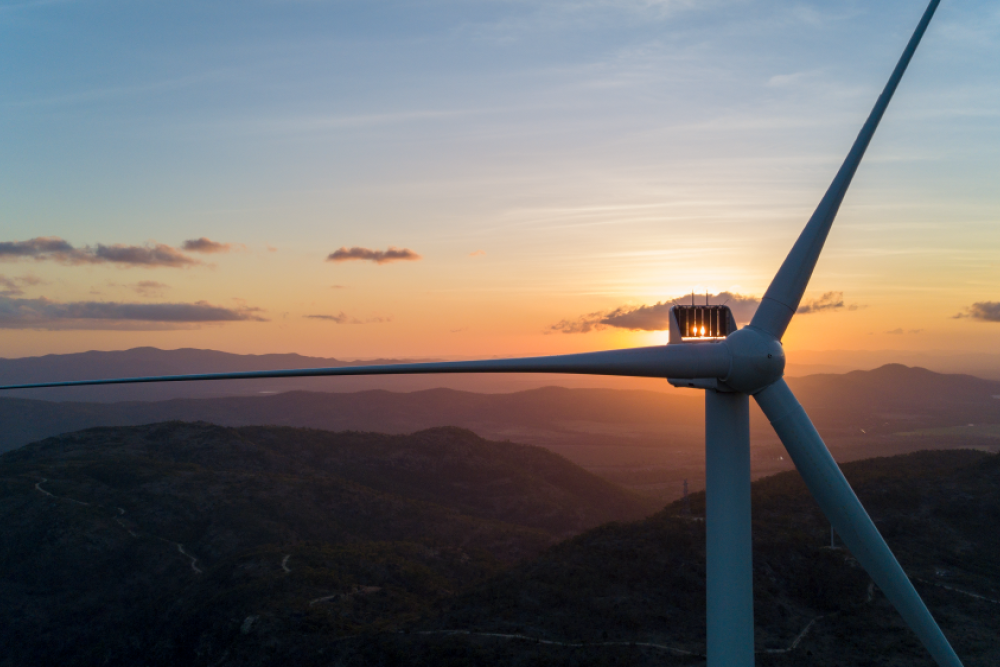Community & Business
15 January, 2022
How the turbines power the Far North
ELECTRICITY generated from the Mount Emerald Wind Farm in the past 12 months was enough to power around 70,000 homes, equating to about one-third of Far North Queensland’s energy needs.

In a report provided to The Express, the wind farm explained why the turbines do not turn on occasion which is a subject of much discussion on the Tablelands.
The wind farm, which is operated by RATCHAustralia, has been in operation since late 2018, and is made up of 53 Vestas turbines which produce at least 500 Gigawatt hours a year, with all electricity produced sold to Ergon Energy as part of a long-term power purchase agreement.
But sometimes, the farm turns off the turbines and this is due to a number of reasons.
Operations Manager Renewables Paul Mc- Donald explained that ongoing maintenance required the turbines to be turned off periodically and the associated electrical equipment - for example on 1-2 November, the electricity was disconnected from the wind farm to complete annual maintenance activities in the substation.
But the primary reason they are turned off on occasion is part of a two-year study.
“Mount Emerald was the first wind farm in Australia to implement a low-wind speed curtailment to minimise impacts on protected bat species that frequent the site,” Mr McDonald said.
“We are approaching the end of a two-year study which has measured the effectiveness of stopping turbines in low wind conditions when the protected species are known to be more active.”
Grid constraints that are imposed by the energy market operator also significantly impacted the Mt Emerald wind farm’s ability to generate through 2019 and 2020.
“Fortunately, through collaborative eff ort between RATCH-Australia Corporation, Powerlink Queensland and Vestas, we have been able to all but eliminate these external limitations,” Mr McDonald said.
“It is worth noting that grid constraints are a normal aspect of managing the electricity network and affect all types of generators. The only difference is that it is visible when a turbine stops operating, compared to other types of energy generation.”
He said that turbines may also be stopped when the market price to export energy was not considered to be economical.
RATCH-Australia also owns and operates another eight renewable and gas-fired energy generation assets throughout Australia, including in Queensland, Windy Hill Wind Farm (Ravenshoe) and Collinsville Solar Farm.
Mr McDonald said the corporation was currently undertaking feasibility studies on a potential wind farm project called High Road, located 13km north of Ravenshoe.
“If this project goes ahead, it will provide clean, green energy to up to 30,000 Queensland homes every year,” he said.
Twice a year, the wind farm runs a grant program which is designed to share the financial benefits of the wind farm with not-for-profit groups, associations and clubs that make a positive difference to the local community.
To date, the Mount Emerald Wind Farm Community Fund has invested over $600,000 in the Atherton Tablelands.
Any organisation within a 50km radius of the wind farm can apply for funding in January 2022 via https://mtemeraldwindfarm.com.au/community


